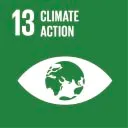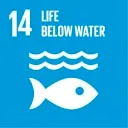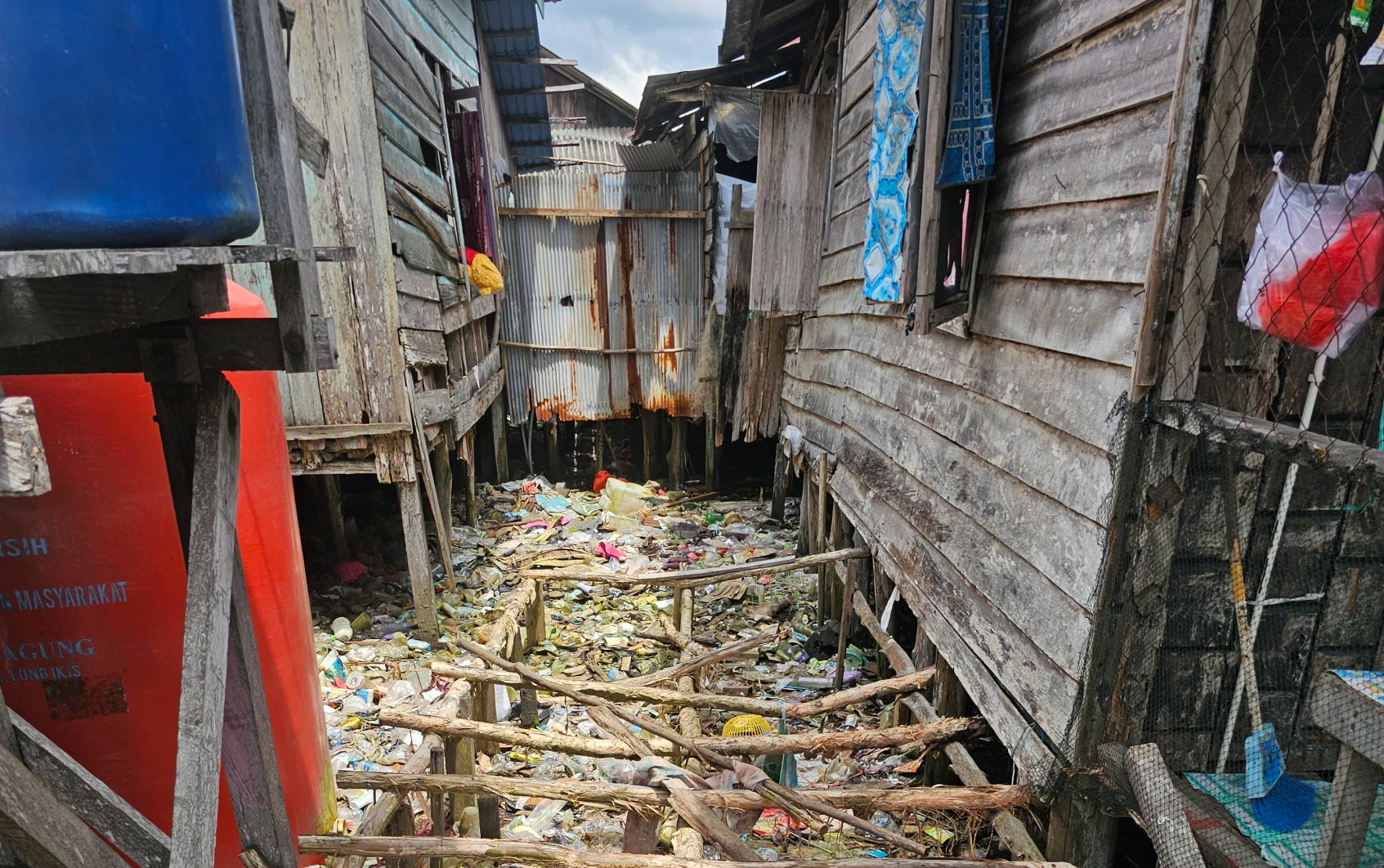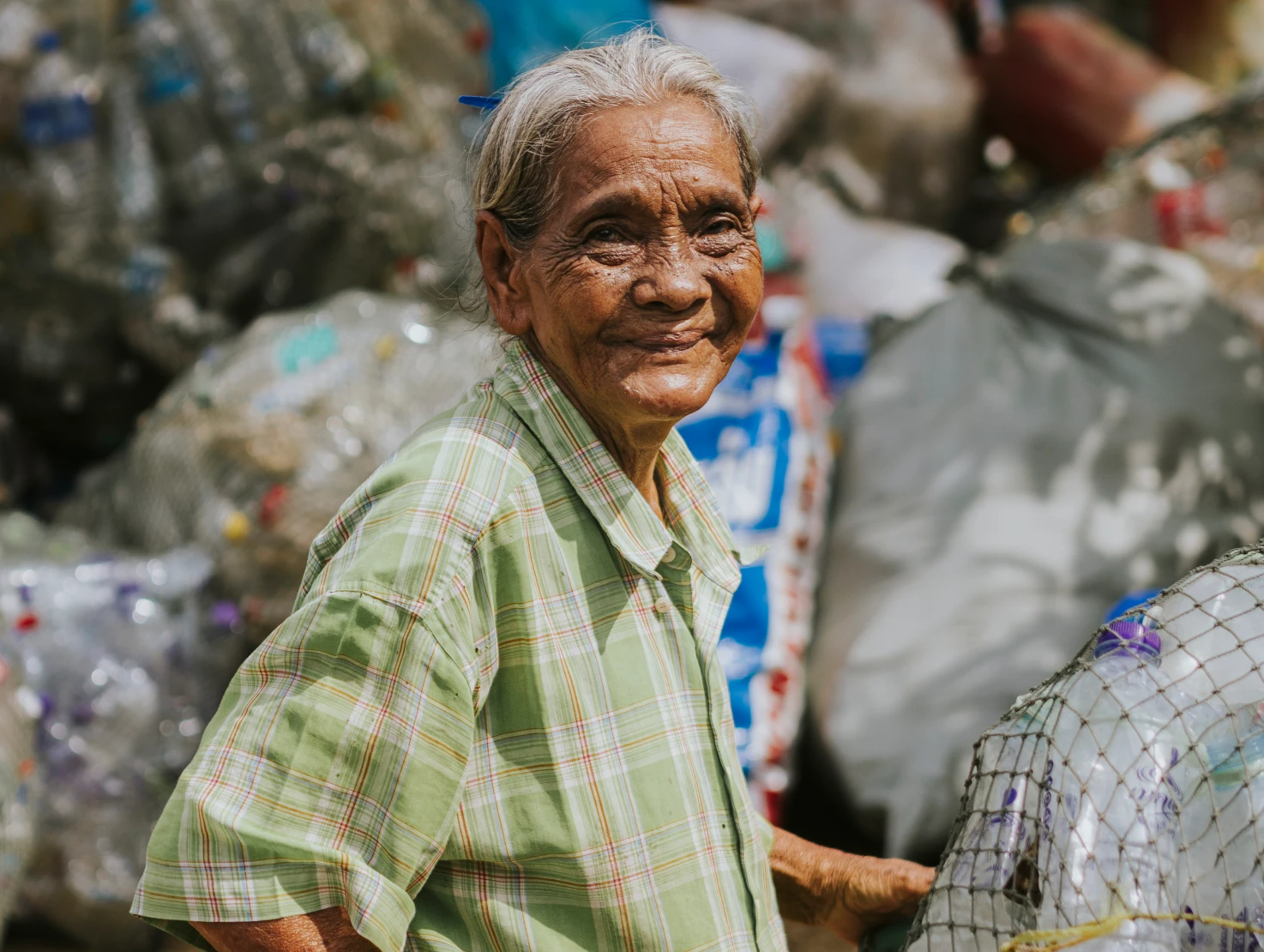
We are working with you, engaged companies,
to collect 50,000 tons of plastic by 2030
and give it a Second Life.






Second Life is a social enterprise that collects and recycles ocean plastic waste from remote Southeast Asian coasts and islands.
We build sustainable waste systems, fund local collectors and drive social impact in regions lacking infrastructures and financing.
of ocean plastic waste collected and recycled/processed since 2020.
has been distributed directly to local collectors and recyclers as incentives since 2020.
local people positively impacted by the Second Life project since 2020.
Supported by global brands, engaged in local impact.












































STEP 1
Ocean plastic collection from islands and coastlines
We collect plastic waste from isolated coastlines with no waste systems.

STEP 2
Local collector network & fair incentives
We reinject value at every stage: providing fairer pay for collectors and covering extra transportation, sorting, and operational costs.

STEP 3
Verra-certified, blockchain-secured traceability
Each kilogram is tracked from shoreline collection to final recycling, and independently verified under Verra’s Plastic Waste Reduction Standard.

STEP 4
Powering the circular economy by closing the loop
Every recovered plastic piece is recycled or processed. Nothing goes to landfill.

STEP 5
Empowerment of women & vulnerable communities
We create jobs, provide training, and support local resilience in the fight against plastic pollution.


Through the Second Life marine waste project, communities are turning waste into opportunity.
Villagers protect marine life, earn income from recycling, and build a sustainable future. This project isn’t just about cleanup, it’s about transformation.
Thanat Dookphut
Field Operations Director - Thailand
Our impact pillars
Fund plastic collection and recycling, pay fair incentives to coastal collectors, avoid CO2 emissions and sponsor biodiversity restoration: concrete steps your company can take today.
Prevent waste
leakage
We make stopping waste from escaping into the environment our top priority.


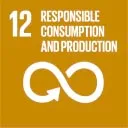
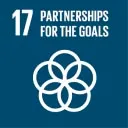
Support vulnerable communities
We work with the most vulnerable members of the community, for whom waste collection and recycling provide a valuable source of income.
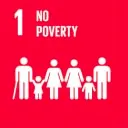
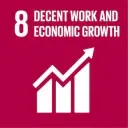

Regenerate biodiversity ecosystems
We focus our work on islands and ocean biodiversity hotspots where plastic waste management is underdeveloped.
